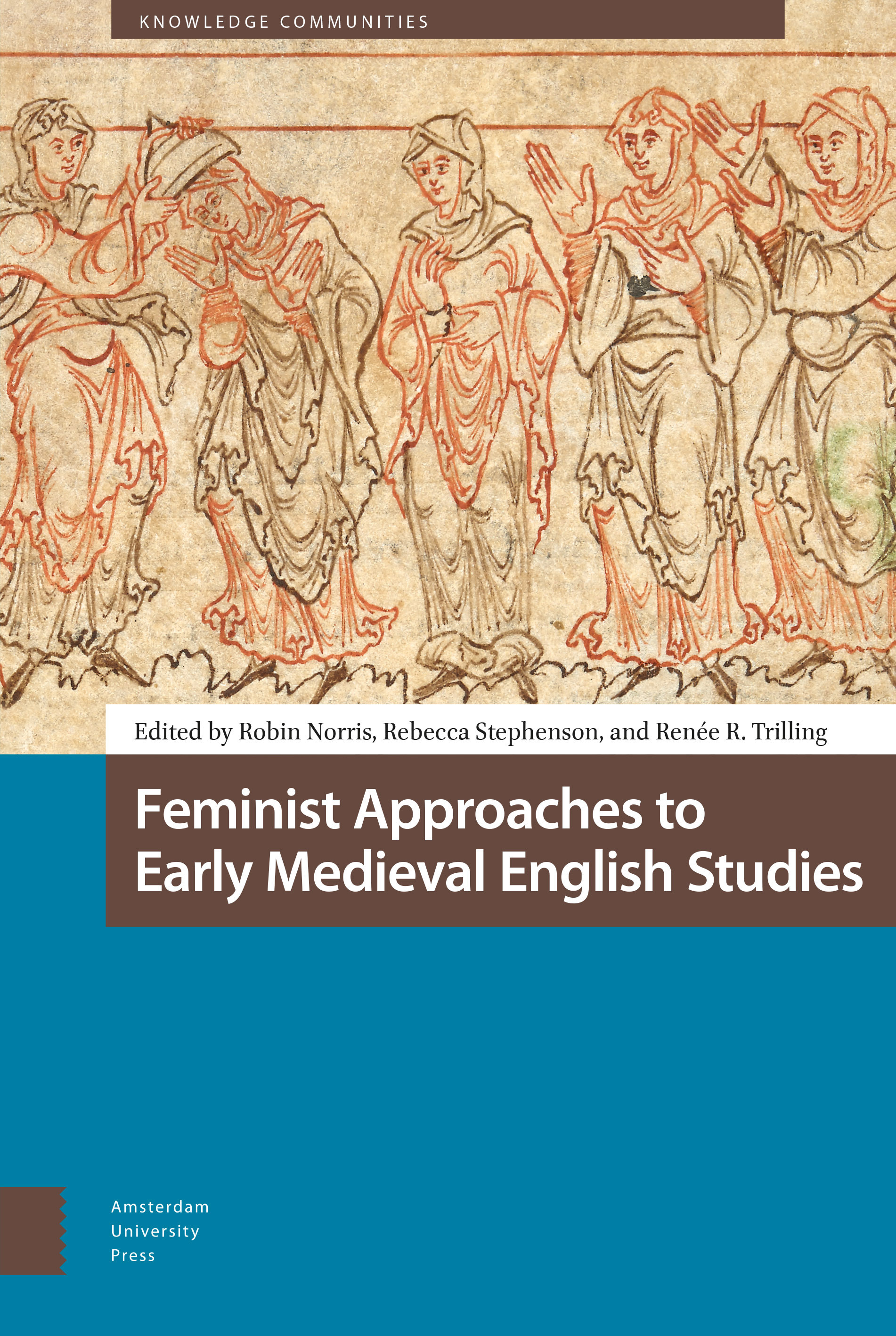2 - Embroidered Narratives
Published online by Cambridge University Press: 19 April 2023
Summary
For Betty
Abstract
This essay discusses the significance of embroidery in the culture ofEarly Medieval England. Largely the work of women, such objects havebeen understudied in the cultural, religious and economical history ofthe period. The essay argues that this omission is partly based ingender stereotypes which have favored some material culture over theseremains. The essay discusses some of the remaining artefacts, as well asthe significance of textiles as objects in gift-giving contexts.
Keywords: Women, embroidery, textiles, textile production,opus feminile, gift giving
This essay will argue for the importance of embroidered textiles as artifactsthat provide a unique window to the participation of women in Early MedievalEngland in the political, socio-economic, and intellectual life of theperiod. Textile gifts played a significant role in the creation ofrelations, but the study of textiles remains a specialized (and mostlygendered) area of research. This essay will consider the reason for suchattitudes. While the surviving textile evidence pales in comparison to whatremains of other sources, it is nevertheless a significant resource offemale expression and agency.
Early medieval people were careful and snazzy dressers, if we can believe theevidence we get from graves. Tablet-woven borders, embroidery, and jewelrydid not just enhance the beauty of costume but were also markers of classand gender. Iconography shows changes in fashion (and artistic style) fromthe rather rigid depictions in eighth-century Lichfield/St Chad Gospel(Litchfield Cathedral, MS Lich. 1) to the billowing style of the eleventhcentury, evident in depictions, such as Hope and Humility in the Cottonversion of the Psychomachia (London, British Library,Cotton Cleopatra C. viii 17r), or the dress of Queen Emma in the manuscriptof the New Minster Liber Vitae (London, British Library,Stowe MS 944, fol. 6). All of these items had to be made by a skillfultextile worker. It is often assumed that textiles were made in domesticenvironments by the women of the home, but even there the production ofenough clothing for the family and extended kin was a time-consuming andhighly skilled occupation.
- Type
- Chapter
- Information
- Feminist Approaches to Early Medieval English Studies , pp. 53 - 82Publisher: Amsterdam University PressPrint publication year: 2023



